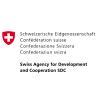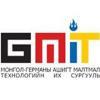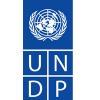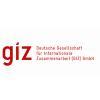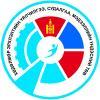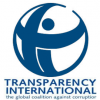Narrative description of project:
ESEC II is a project about engagement; among and between duty bearers and rights holders. Within the scope of ESEC II, the MoM, MRAM, GASI, MoEGD and aimag (and Soum) governments are duty bearers. Members of artisanal miners' partnerships are also duty-bearers; with the obligation to work in a way which is environmentally sustainable. ESEC II focuses on increasing the capacity of duty bearers to meet their obligations. Artisanal miners are rights-holders in respect of their ‘right to work, to free choice of employment, to just and favourable conditions of work and to protection against unemployment.’ The community is also a right-holder whose human rights are undermined by degradation of their environment. ESEC II will support the progressive realization of the rights of artisanal miners and the communities impacted by their activities.
The main objectives of the End-line Perception Survey were to collect data to measure the following:
-
The proportion in change (from the 2014 Baseline Survey) of stakeholders who express confidence in the potential of ASM to contribute to local development (Overall Goal Indicator 1), and
-
Change in prejudice against ASM by representatives of impacted communities, local government officials and large-scale mining companies (Output 3.4 Indicator 3)
To facilitate comparison of results from those of the Baseline Study of 2014, the following precautions were advised by the Client in the design for the 2016 End-line Survey:
-
Use of the same (2014) methodology and questionnaires with some adjustments to them if necessary (based on discussions with the ESEC II project team).
-
Analysis of the 2014 Baseline Study findings, meetings, FGDs, and other tools.
-
Identification of the appropriate number of target Soums to be addressed in 2016, since the number of sites under the ESEC II project has been reduced from 50 in 2014 (at the time of the baseline survey) to 21 in 2016.
-
The End-line survey should take into account the ESEC II Mid-Term Review (MTR) recommendations as well as SDC’s Management Response to such recommendations, which informed a refocusing and consolidation of ESEC II’s activities in the 2016 Work plan.’
The 2016 End-line Survey employed qualitative data collection methods such as:
-
SSI
-
Questionnaire
-
Document Review
-
Field Observation Notes
-
Case Study
-
FGDs
|
ASM |
Citizen |
|
Project beneficiary |
Has to be has soums citizenship |
|
Involved in mining operations this year |
Have not involved in mining operations |
|
Main income is from the mining activities |
Income is not related with mining activities |
|
Above 18 years |
Above 18 years |
Note: Where possible, all FGDs contained an equal gender balance.
SSIs: One of the main research methods was individual interviews with research participants including key informants, project beneficiaries and project staff. In this respect, semi-structured questionnaires were administered among respondents and it was the researcher who recorded the responses. Some questions of the interview were comparable between instruments for different stakeholders and were measurable.
Questionnaire: Another main research method was a perception study of the rural citizens and artisanal miners at study sites. In this respect, questionnaires were conducted face-to-face. The interview questions’ wording was carefully tailored not to divert or influence respondents and was (with very minor differences) the same as that used in the 2014 Baseline Study.
Since most of the Survey tools were unchanged from those used in the 2014 Baseline Study, they were not pretested.
Related projects
-
Leveraging Science and Tradition in DRR in Mongolia III (LTS3), Final Evaluation
Client
International Organization for Migration
.png)

.png)
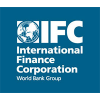
.png)
.png)
.jpg)


